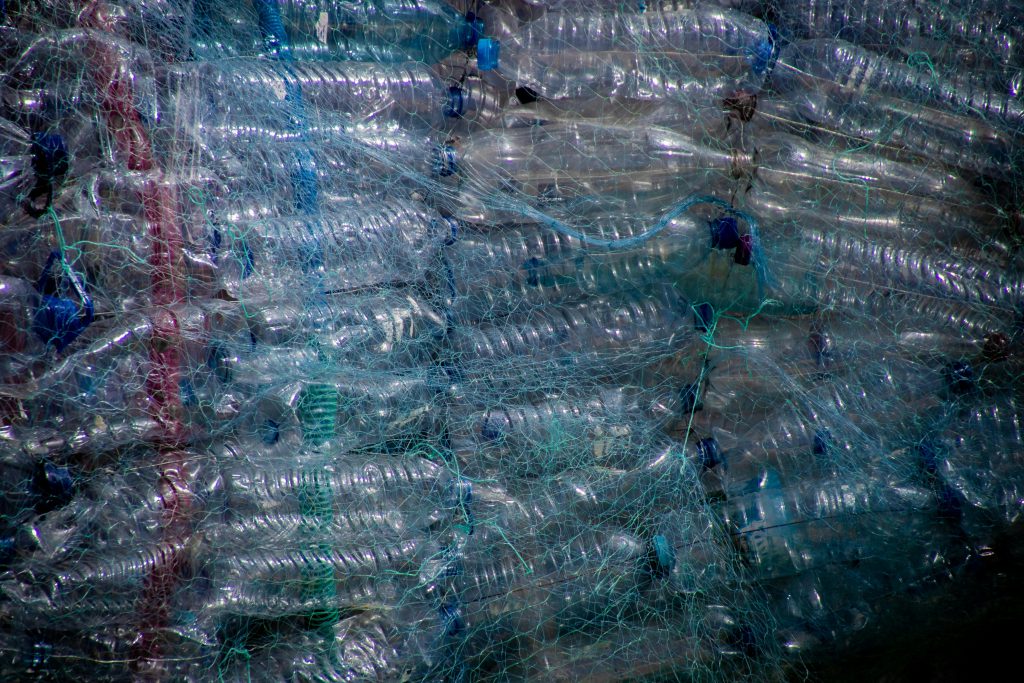The Harsh Reality of Plastic Recycling
You carefully rinse out your yogurt cup, toss it in the recycling bin alongside your detergent jug, a soda bottle, and a pile of cardboard, and roll it to the curb with a sense of eco-friendly accomplishment. But here’s the uncomfortable truth—there’s a good chance that yogurt cup won’t be recycled at all. Instead, it might end up in the landfill, incinerated, or even shipped overseas to be someone else’s problem.
This isn’t just bad luck. It’s a systemic issue baked into how plastic recycling works—or rather, how it doesn’t work.
Why Isn’t More Plastic Recycled?
The U.S. currently recycles only 10-12% of its plastic waste—a shockingly low rate compared to countries like Germany (70% PET plastic recycling rate) and Canada (~30%). The reason? Not all plastics are created equal.
- Plastics have different chemical compositions. Your yogurt cup (polypropylene, or PP) isn’t the same as a detergent jug (high-density polyethylene, or HDPE). These materials can’t always be processed together, and many recycling plants (called MRFs—Materials Recovery Facilities) don’t have the capability to sort and recycle every plastic type.
- Single-stream recycling is convenient—but flawed. Many cities use a single-bin system where all recyclables (plastic, glass, metal, and paper) are mixed together. This leads to contamination, making some materials, especially plastics, unrecyclable.
- Recycling plastic isn’t always profitable. Unlike metals (which hold value), plastic recycling depends on global markets. If it’s cheaper for manufacturers to make new plastic rather than use recycled materials, then recycling facilities won’t bother processing it.
What Happens to Plastic That Doesn’t Get Recycled?
If your local recycling plant can’t process a certain type of plastic, what happens to it? The possibilities include:
- Landfills: The most common fate. Plastic waste buried in landfills takes hundreds (sometimes thousands) of years to break down.
- Incineration: Some waste is burned for energy, but this process releases harmful pollutants and greenhouse gases.
- Exported Overseas: Until 2018, much of America’s plastic waste was shipped to China. After China banned most plastic imports, much of it is now sent to Southeast Asia, where it often ends up in unmanaged dumps—or in the ocean.
- Pollution: Millions of tons of plastic never make it to proper disposal facilities at all. They end up as litter in waterways, harming marine life and contaminating ecosystems.
What Needs to Change?
If plastic recycling is so broken, what can be done about it?
Stronger Regulations & Standardized Recycling
Countries like Germany have strict laws requiring companies to take responsibility for their plastic packaging. The U.S. and Canada could adopt similar Extended Producer Responsibility (EPR) laws that make manufacturers accountable for recycling their products.
Better Plastic Design
Many plastics are hard to recycle simply because they contain mixed materials (e.g., a coffee cup with a plastic liner). Simplifying packaging could improve recyclability.
Investment in Recycling Infrastructure
More funding for advanced sorting technology could help recycle more types of plastic. Some new plants are experimenting with chemical recycling, which breaks plastic down into reusable raw materials.
What You Can Do to Make a Difference
While larger systemic changes are necessary, individuals can still make an impact:
- Check Your Local Recycling Rules – Don’t assume everything with a recycling symbol gets recycled. Look up what your city actually accepts.
- Reduce Plastic Use – The less plastic you consume, the less waste there is to manage. Opt for reusable alternatives whenever possible.
- Support Companies Using Recycled Materials – Some brands are shifting to post-consumer recycled plastic. Supporting them encourages more businesses to follow suit.
- Find Specialized Recycling Programs – Some stores and organizations collect hard-to-recycle plastics (like PP yogurt cups). Look for drop-off programs in your area.
- Spread Awareness – The more people understand the flaws in our recycling system, the more pressure there will be for change.
The Bottom Line
Recycling alone won’t solve the plastic crisis—it was never designed to. The real solution lies in reducing plastic consumption, improving recycling technology, and holding manufacturers accountable. Until that happens, the best thing you can do is reduce, reuse, and be smart about what you put in the bin.
The future of plastic waste depends on action, not just good intentions. Let’s stop the cycle of wishful recycling and demand real change.

